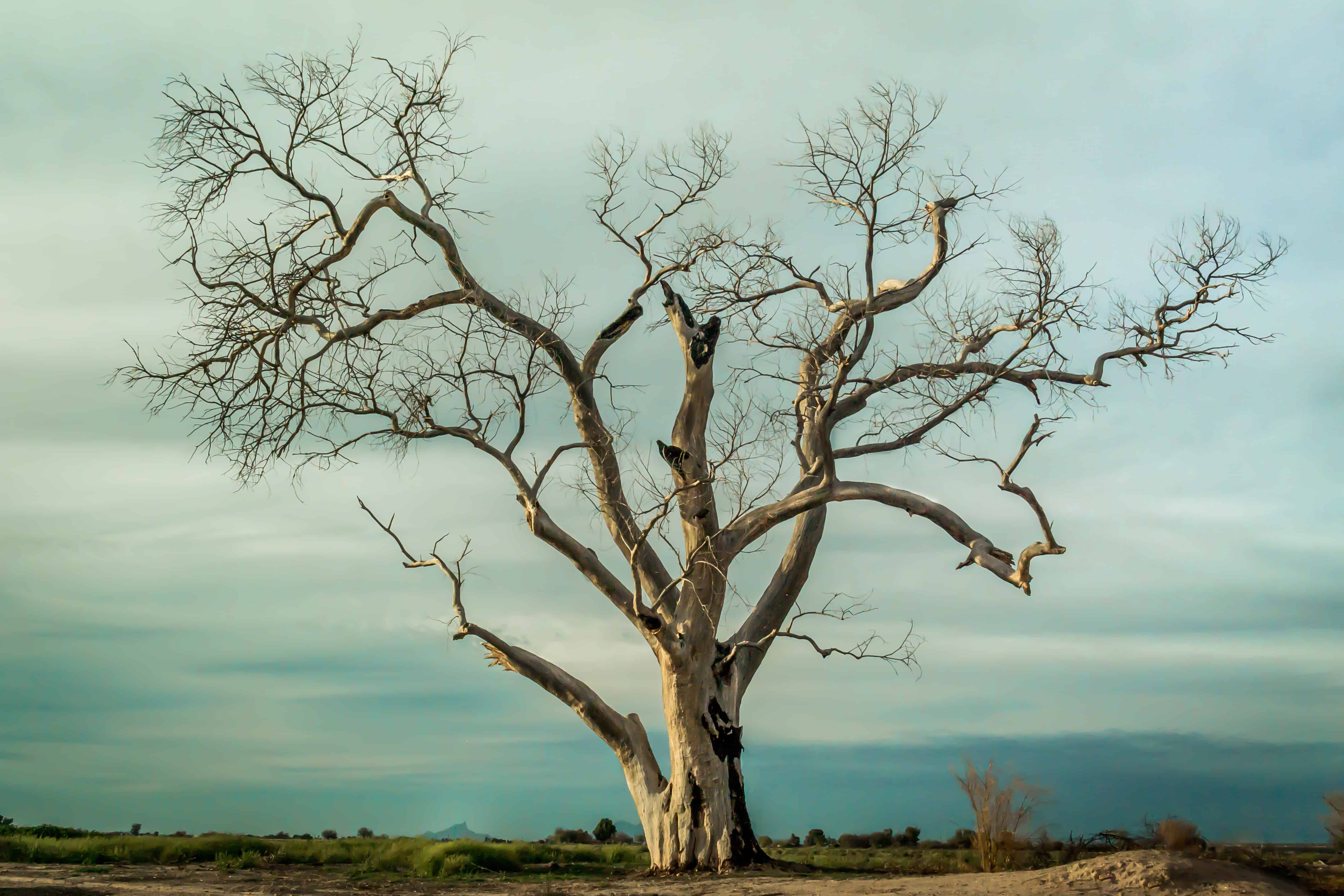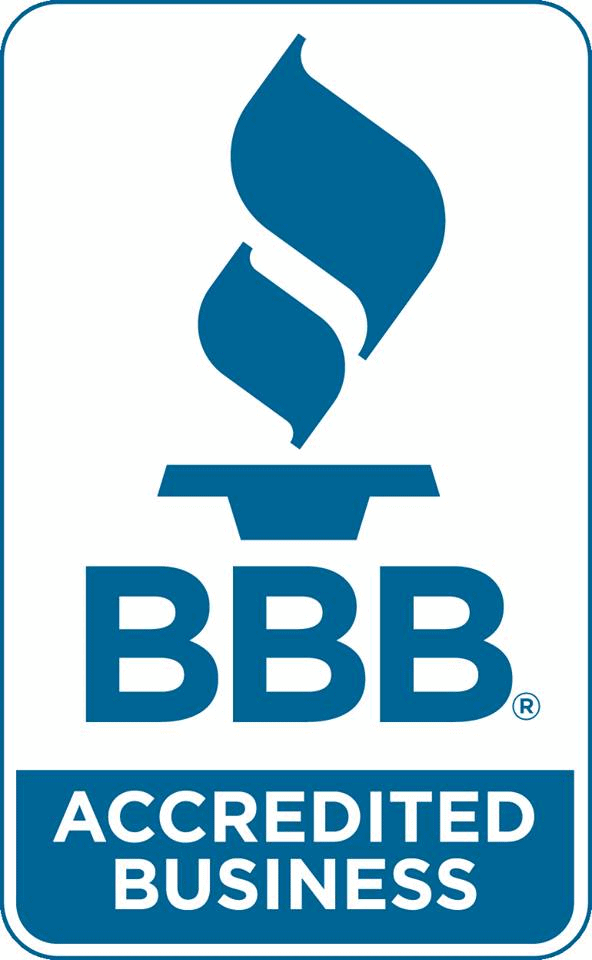How to Tell If a Tree Is Dead in Your Yard

How to Tell If a Tree Is Dead in Your Yard
With spring just around the corner, you should begin to see all the deciduous trees in your yard sprouting with new life.
But what if you spot a tree that hasn’t quite sprouted to attention as quickly as the others? Is it dead or alive after the harshness of winter?
Here’s how to tell if a tree is dead in your yard…
How to Tell if a Tree is Dead: 4 Signs
A dead tree is nature’s way of simply giving back to its own ecosystem- nature’s version of the circle of life. But this is all good and well until a dead tree falls over onto your roof!
A dead or dying tree can pose a number of risks in a residential area. They can spread disease to nearby trees, attract insects and pests, and damage homes, cars, powerlines and more.
Minimize the risk of living with a dead tree in your yard and look out for these obvious signs:
1. Noticeably Bare Branches
There’s a big difference between tree branches with sparse foliage and tree branches with none at all.
If a tree’s branches are completely bare when they are usually full at a certain time of year, this is a sign your tree is dead or dying.
Another thing to keep in mind: the leaves of a dead tree will cling to the branches throughout winter, instead of falling to the ground as with healthy trees.
2. Tree Fungus and Cankers
If a breakout of oozing fungus, known as wood cankers, is found on the trunk or branches of a tree, this is a sign of internal rot.
Basically, this means that the inside of the tree beyond the fungus is dead or dying and poses a great risk of falling over.
3. A Cracked, Damaged Trunk
If the trunk of your tree is scarred by vertical cracks, this means your tree could very well be dead. In addition to this, missing areas of bark are also an indication of a dying tree.
Usually, old bark will fall off and be replaced. However, if smooth wood beneath the bark is exposed, this is a sign of a dead tree.
4. A Leaning Tree
Like all structures that begin to lean at an odd angle, this is a sign of an unstable foundation. And in this case, this means a tree’s root system has been damaged.
A root system can be damaged by extreme weather, poor soil quality, drought, excavation and construction projects. Unfortunately, if the root system is damaged a tree has little chance of survival and should be removed.
The Scratch Test
A simple, yet effective way to determine whether a tree is dead is with a bark scratch test.
Just beneath the outer layer of bark is the cambium layer. When the bark is scratched away, revealing a green cambium layer this means a tree is alive and kicking.
If this cambium layer brown and dry, this is a clear indication your tree is dead or dying. But it’s important to test a number of locations on the tree to determine it’s not just one section of the tree that’s dead.
Scratch a small patch of bark away on the trunk and a few of the largest branches for an accurate answer. Generally, if the cambium layer is alive on the tree trunk, the rest of the tree is still alive.
Find Professional Tree Felling Services Here
If you’re wondering how to tell if a tree is dead and need an expert opinion, our team at AAA Tree Experts would be glad to help.
We can also assist in professional tree removal, garden landscaping, and more. Get in touch today for all the tree expertise you please!



You must be logged in to post a comment.